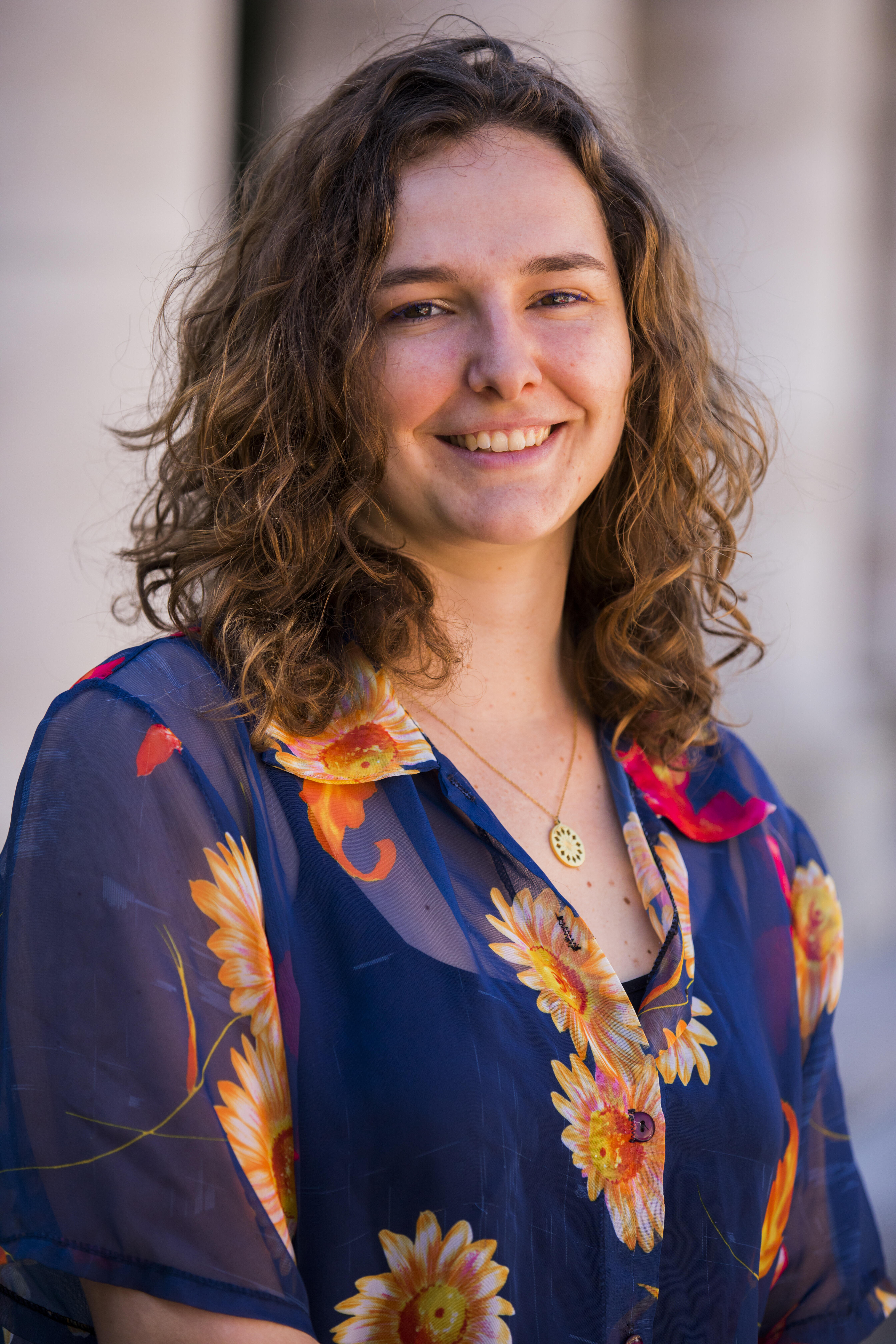
Nouvelle Publication dans Frontiers in Human Neuroscience de Raphaëlle SCHLIENGER , Eq. Corps & Multisensorialité
When proprioceptive feedback enhances visual perception of self-body movement: rehabilitation perspectives
Raphaëlle Schlienger, Claire de Giovanni, Michel Guerraz, Anne Kavounoudias
Introduction Rehabilitation approaches take advantage of vision’s important role in kinesthesia, using the mirror paradigm as a means to reduce phantom limb pain or to promote recovery from hemiparesis. Notably, it is currently applied to provide a visual reafferentation of the missing limb to relieve amputees’ pain. However, the efficiency of this method is still debated, possibly due to the absence of concomitant coherent proprioceptive feedback. We know that combining congruent visuo-proprioceptive signals at the hand level enhances movement perception in healthy people. However, much less is known about lower limbs, for which actions are far less visually controlled in everyday life than upper limbs. Therefore, the present study aimed to explore, with the mirror paradigm, the benefit of combined visuo-proprioceptive feedback from the lower limbs of healthy participants. Methods We compared the movement illusions driven by visual or proprioceptive afferents and tested the extent to which adding proprioceptive input to the visual reflection of the leg improved the resulting movement illusion. To this end, 23 healthy adults were exposed to mirror or proprioceptive stimulation and concomitant visuo-proprioceptive stimulation. In the visual conditions, participants were asked to voluntarily move their left leg in extension and look at its reflection in the mirror. In the proprioceptive conditions, a mechanical vibration was applied to the hamstring muscle of the leg hidden behind the mirror to simulate an extension of the leg, either exclusively or concomitantly, to the visual reflection of the leg in the mirror. Results (i) Visual stimulation evoked leg movement illusions but with a lower velocity than the actual movement reflection on the mirror; (ii) proprioceptive stimulation alone provided more salient illusions than the mirror illusion; and (iii) adding a congruent proprioceptive stimulation improved the saliency, amplitude, and velocity of the illusion. Conclusion The present findings confirm that visuo-proprioceptive integration occurs efficiently when the mirror paradigm is coupled with mechanical vibration at the lower limbs, thus providing promising new perspectives for rehabilitation.








